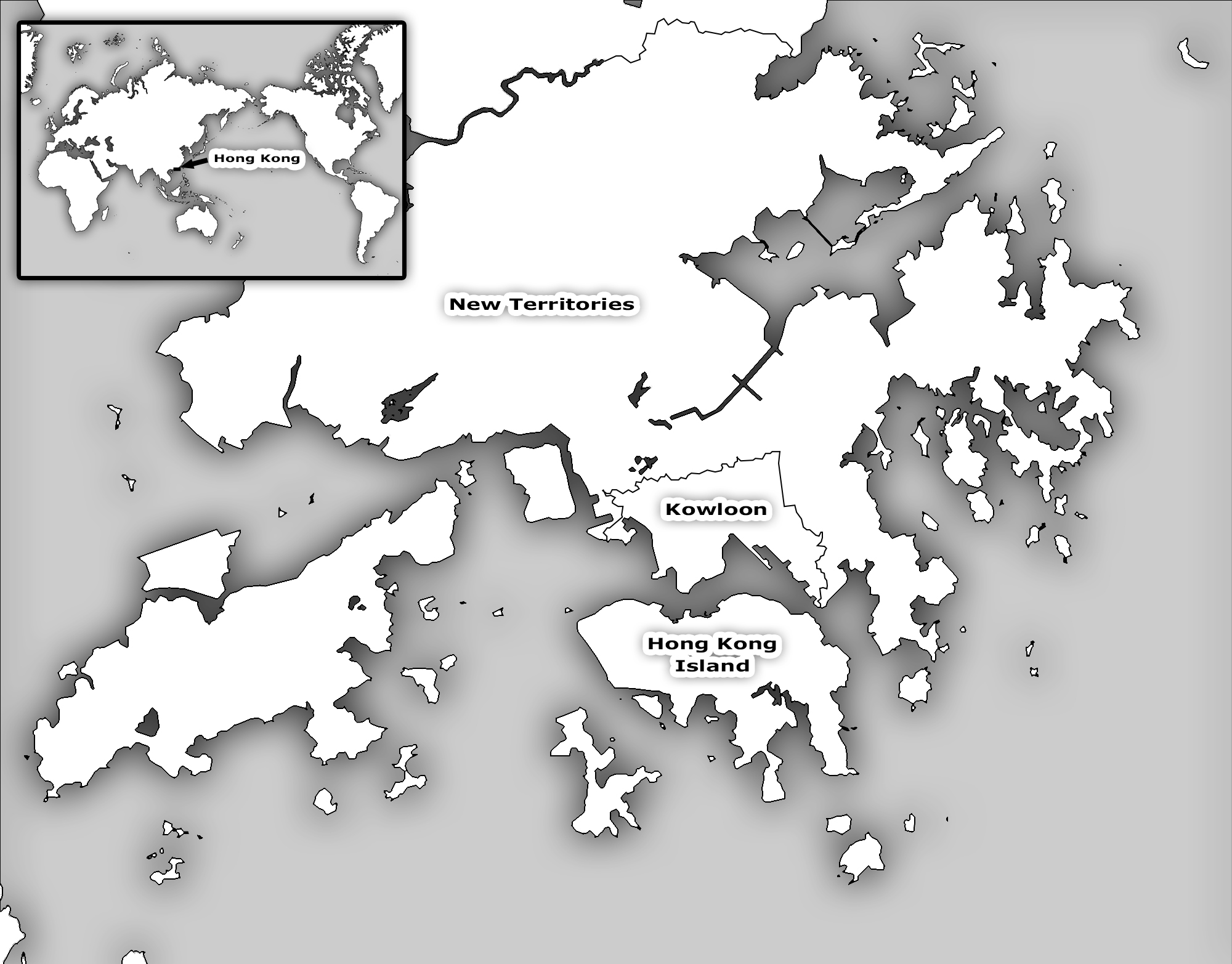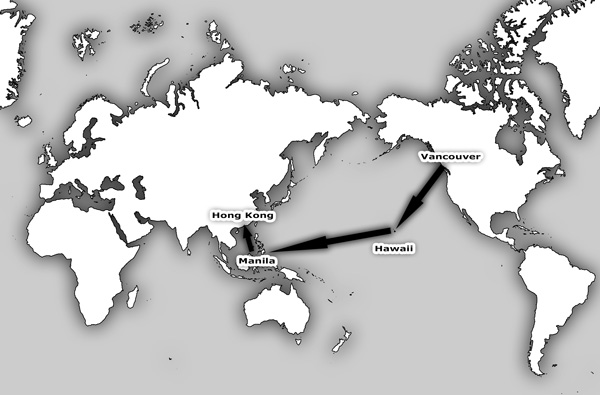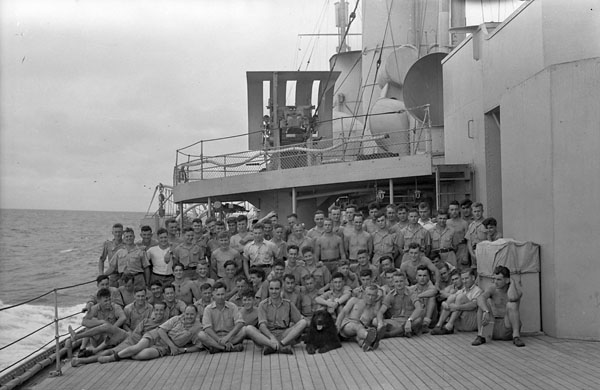Fighting on Christmas Day 1941 in Hong Kong
Canadians saw action in various places around the globe during the Second World War, but it is in the Far East where our soldiers first engaged in battle. They fought to help protect the British Crown colony of Hong Kong in December 1941.
In October 1941, to reinforce the Hong Kong defenses, Canada agreed to send almost 2,000 volunteers. The Royal Rifles of Canada and the Winnipeg Grenadiers had no battle experience, nor had they received proper training for front-line action. The soldiers left Vancouver on October 27 aboard the SS Awatea and HMCS Prince Robert. Soldiers of ‘C’ Force, as they were called, were expected to do garrison duty and have time to complete their training after arriving in Hong Kong. They landed on November 16 but their vehicles, sent on a different vessel, never made it to the final destination, leaving the troops ill-equipped in a faraway land.
Canadian units were assigned the defense of the colony. They spent the following three weeks training. On the morning of December 8, Japanese aircraft attacked the Kai Tak airport and damaged or destroyed the few aircraft of the Royal Air Force. Later, Japanese ground forces moved across the border of the New Territories. They met some resistance from the forward Allied forces of the mainland brigade. The Gin Drinkers Line, an 18 kilometre series of defensive positions stretching across the northern border of the Kowloon peninsula, was designed to hold an attack for several days or weeks, but it was not adequately manned to repulse the massive push from the Japanese.
On December 10, elements of the Winnipeg Grenadiers went to strengthen the remaining defenders on the mainland. On December 11, they exchanged gunfire with the enemy and became the first Canadian Army unit to engage in combat in the Second World War. By mid-day, the line could no longer be held and the mainland troops were ordered to withdraw to the island. On December 13, a Japanese demand for the surrender of Hong Kong was categorically rejected. As a result, Japanese artillery opened fire on coastal defenses, crippling power plants and lines of communication. The situation for the defenders was very grim. There was no hope of relief from the Allies by sea, and the Chinese army could not send reinforcements from the land.
Early morning on December 18, Japanese forces crossed the narrow channel on barges from Kowloon. Wave after wave of attackers overcame machine-gun fire from various pillboxes and quickly fanned out to the east and west, moving up the valleys leading to high ground. The Royal Rifles engaged the Japanese in a number of locations, inflicting and suffering heavy casualties. Despite some success, they had to withdraw as they couldn’t completely dislodge the enemy from the surrounding hill positions. Sergeant Gander, a Newfoundland dog, beloved mascot of the Royal Rifles, was with the men on the front lines. The explosion of a shell caused several casualties among the Canadians. A Japanese soldier threw a grenade at them. Gander took the grenade in his mouth, ran toward the enemy and was killed in the explosion, but his heroic action saved the wounded Royal Rifles.
On December 19, after tough fighting, some of the Winnipeg Grenadiers were surrounded and captured in the Wong Nei Chong area, in the middle of the island. During the fighting, Company Sergeant-Major (CSM) John Robert Osborn, from Winnipeg, died after falling on an enemy grenade to save a number of his comrades. CSM Osborn was awarded a posthumous Victoria Cross, the highest award for bravery in the British Empire. For three days, the Winnipeg Grenadiers inflicted severe casualties on the invaders, delaying their advance along the main north-south road across the island. With little ammunition, food and water, on December 22 they finally surrendered.
By the evening of December 23, the Royal Rifles were ordered to withdraw to Stanley Peninsula, located in the south of the island. Taken out of the line for a much needed rest on Christmas Eve, the exhausted men “marked” Christmas Day by returning to battle. It was a costly attack, as casualties totalled over a hundred men. In the afternoon of December 25, 1941, orders came to cease fire, further resistance futile. The white flag was raised; the Governor had signed the surrender of the British Crown colony.
Canadian survivors were made prisoners of war. They would experience three more Christmases in captivity, starved and used as slave labor in Hong Kong and in Japan. The first Canadian soldiers to become involved in major fighting in the Second World War would be some of the last ones to return home in late 1945, after Japan’s surrender and the end of the war. Many of them would celebrate that Christmas with families and friends, enjoying a festive meal, while thinking about their more than 550 fallen comrades who never made it back home to Canada.
- Date modified:



